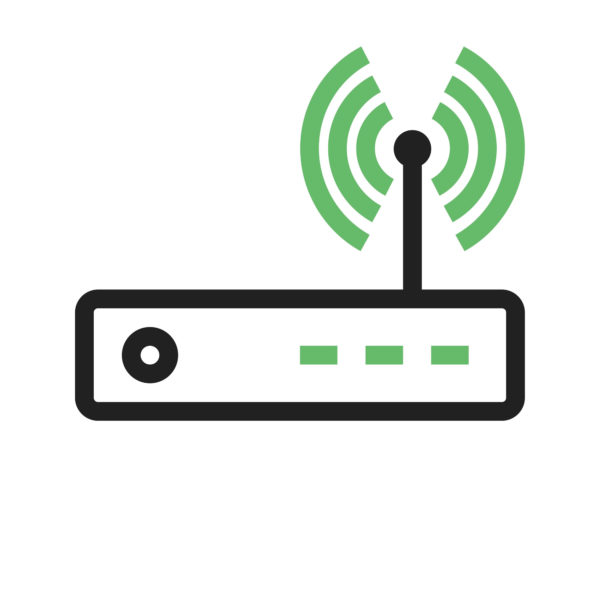A new report details the importance of state advocacy in connecting schools, students to broadband internet
A new report from SETDA and Common Sense Kids Action focuses on K-12 broadband and wi-fi connectivity, state leadership for infrastructure, state broadband implementation highlights, and state advocacy for federal broadband support.
The report highlights the pivotal role state leaders and policymakers play in helping districts and schools implement high-speed broadband and wi-fi in schools. This kind of connectivity is necessary, the authors note, to help connect students to high-quality digital learning opportunities.
It also highlights state leaders who have helped their states put these digital learning opportunities directly in front of teachers and students.
“Access to reliable, high-speed broadband is essential to creating and delivering the deeper learning experiences for students for college and careers, and to compete in a global economy,” said Dr. Tracy Weeks, SETDA’s executive director, in a statement.
K-12 broadband and wi-fi connectivity
“Internet access is no longer an afterthought in education; instead high-speed broadband and wi-fi are now a vital component of K-12 school infrastructure, there is an increased emphasis on digital learning,” according to the report.
And though more school and state leaders have made broadband connectivity a priority, a 2016 FCC broadband progress report notes that the digital divide is still very much present, and that 41 percent of schools have not yet met the FCC’s short-term goal of 100 Mbps per 1,000 users. Even fewer schools have met the long-term goal of 1 Gbps/1,000 users.
Lack of broadband access remains a challenge for many Americans–40 percent of those in rural areas and tribal lands lack access to high-speed broadband. However, the FCC recently approved a subsidy to help low-income Americans finance broadband, wireless, or a bundled voice and internet package.
State leadership for infrastructure
A 2015 SETDA report revealed that many state policies have made dramatic shifts to support digital learning opportunities, and many states implemented policies requiring the use of digital instructional materials over the next five years.
Here, the report highlights various states’ progress when it comes to upgrading infrastructure and connectivity for students.
For instance, New Jersey created a regional purchasing consortia to help schools collaborate and bring down the coast of high-speed broadband. The first year yielded $89 million in savings for schools that particiated.
And in Oregon, state agencies are coordinating to provide high-speed broadband to all schools through a partnership with Education SuperHighway. The partnership will help determine where each district is in terms of offering high-speed broadband to students, and the data will be used to improve district offerings and connectivity.
State Broadband Implementation Highlights
According to independent research and SETDA’s 2015 broadband survey, nearly 60 percent of states have established broadband policies that create opportunity to expand broadband access for students.
Twelve states said they are thinking about coordinating statewide consortia for the E-rate’s new wi-fi funding. Seven states reported that they already have acted on implementation.
Two-thirds of states said they provide direct state funding for broadband.
A number of states have policies in support of broadband and wi-fi connectivity. Louisiana compiles a yearly report on broadband guidelines and school recommendations, Maine adopts formal policies for high-speed broadband, and Pennsylvania requires universal deployment of broadband by all local carriers.
State Advocacy for Federal Support of Broadband
SETDA state leaders and members have lobbied for various federal programs that support broadband, including E-rate modernization, the Every Student Succeeds Act, and the National Education Technology Plan.
Federal resources supporting broadband connectivity include BroadbandUSA, a National Telecommunications and Information Administration initiative that gives communities technical advice on how to expand broadband; ConnectALL, a 2016 initiative that helps Americans get online; ConnectHome, launched by the White House to help broadband adoption among children and families living in HUD-assisted housing; and the Lifeline Program, which was recently modernized to include broadband access.
“Something is wrong when coffee shops have faster internet connections than most of our schools,” said said James P. Steyer, CEO and Founder of Common Sense, in a press release. “Policymakers in state capitals, and in Washington DC, are facing the fact that critical funding is necessary to support the continued adoption of technology in classrooms throughout the country. With the use of advances in technology for learning and for administration, we must do everything we can now to finish the job of connecting every classroom and library.”
- 4 ways to support work-based learning - April 23, 2024
- Prioritizing inclusivity in game-based learning - April 22, 2024
- Friday 5: Universal Design for Learning - April 19, 2024

